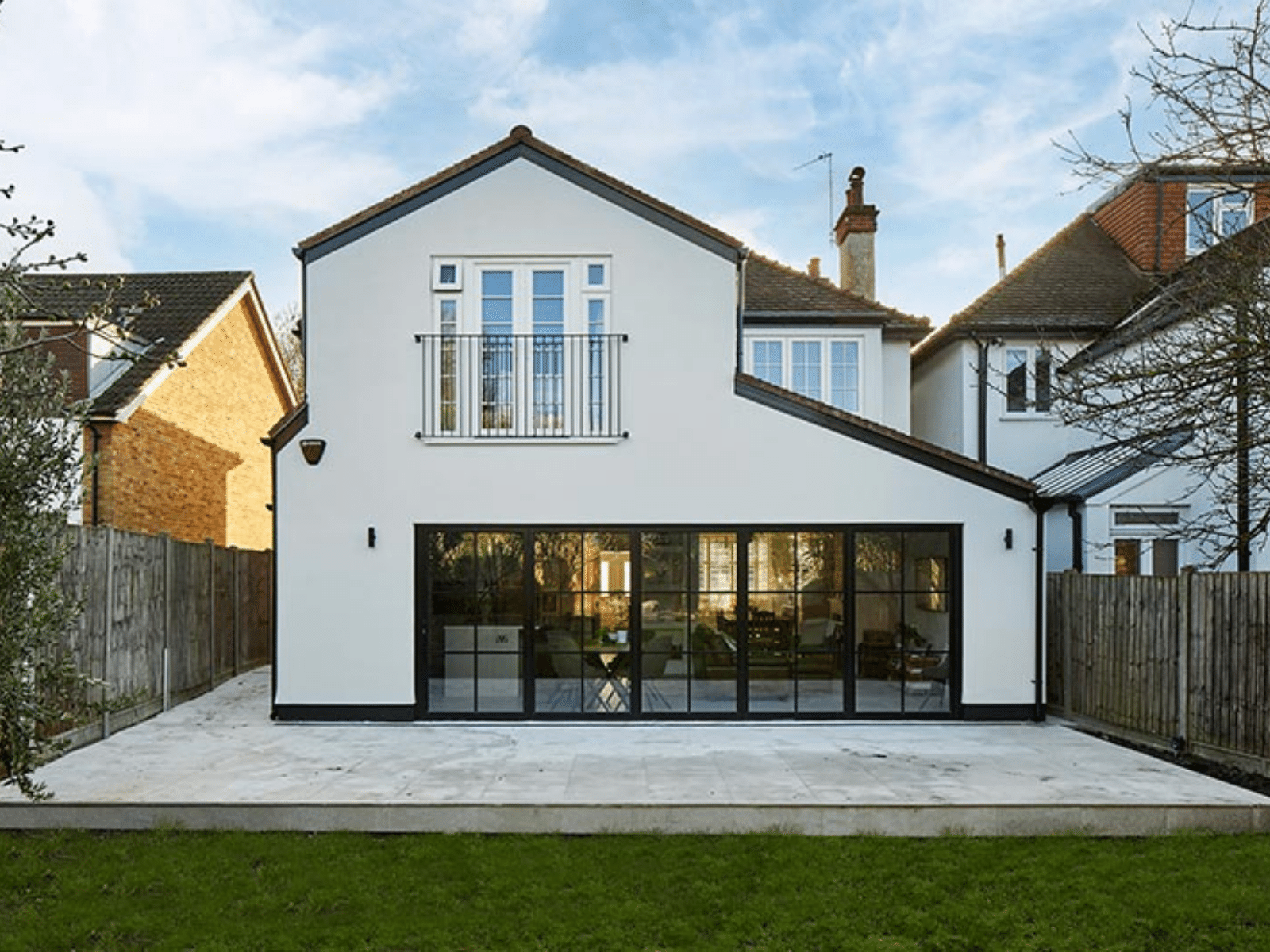Permitted development regs for double storey extension
What are the permitted development rules for a two storey extension?

A Concise Guide to Permitted Development Laws for Double-Storey Extensions in the UK
As the need for additional living space continues to grow, many homeowners in the United Kingdom are exploring the possibilities of double-storey extensions to meet the demands of modern living.
Permitted development rights offer a streamlined avenue for extending homes without the complexities of a full planning application. This article delves into the intricate details of permitted development laws, rules, and regulations for double-storey extensions in the UK, providing homeowners with a comprehensive guide to navigate this transformative process.
For all your planning regulations, we advise to contact us directly on 07835743338 or visit:
Understanding Permitted Development:
Permitted development is a set of regulations that allows property owners to make specific changes and extensions to their homes without obtaining planning permission. These rights are intended to balance the need for property improvements with the preservation of the overall character of neighborhoods.
Size and Volume Limits:
For double-storey extensions, size and volume limitations play a crucial role. The extension must not exceed the original rear wall of the house by more than 3 meters for a terraced or semi-detached house, or 4 meters for a detached house. The cumulative volume added to the property is subject to specific restrictions.
No Front-Facing Extensions:
Similar to single-storey extensions, permitted development rules generally prohibit double-storey extensions forward of the principal elevation (the main front of the house facing the road). This restriction ensures that the aesthetics and streetscape of the neighborhood are preserved.
Height Restrictions:
The height of a double-storey extension must not exceed the highest part of the existing roof. The eaves and ridge height are subject to specific limitations, ensuring that the extension integrates seamlessly with the existing structure.
- For terraced or semi-detached houses, a double-storey extension must not extend beyond the original rear wall by more than 3 meters.
- For detached houses, the limit is 4 meters.
Materials and Design Consistency:
Maintaining the aesthetic harmony of the property and the surrounding area is paramount. The materials used in the construction of the double-storey extension should be similar in appearance to the existing house, ensuring a cohesive and visually pleasing result.
Side Extensions:
For double-storey side extensions, certain restrictions apply. The extension must not be higher than the existing house, and the width of the extension should not be more than half the width of the original house.
Conservation Areas and Other Designated Zones:
For properties situated in conservation areas, Areas of Outstanding Natural Beauty (AONB), or other designated zones, additional restrictions may apply. Homeowners should consult their local planning authority for specific guidelines to ensure compliance.
Conclusion:
Double-storey extensions under permitted development present homeowners with an exciting opportunity to expand their living spaces within established legal frameworks.
By adhering to size, height, and design requirements, homeowners can embark on transformative projects that not only meet their needs but also contribute positively to the overall character of their neighbourhoods.
As the demand for additional living space continues to rise, understanding and navigating permitted development requirements for double-storey extensions empower homeowners to rise above constraints and elevate their homes to new heights.
